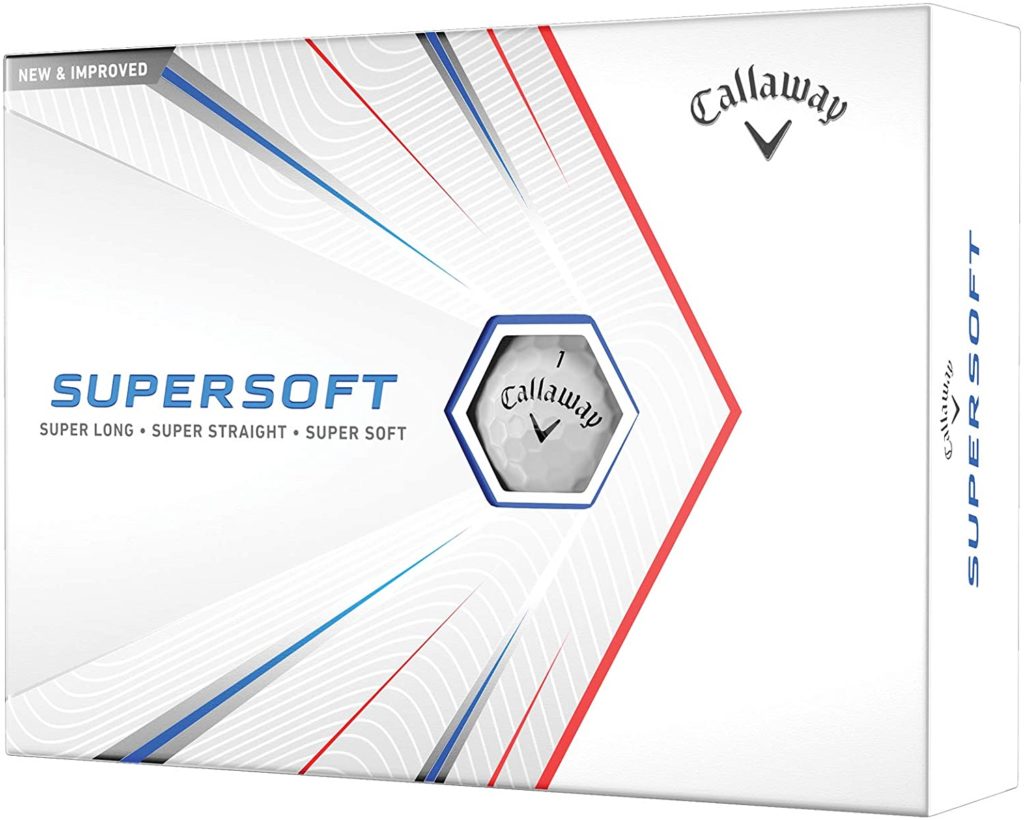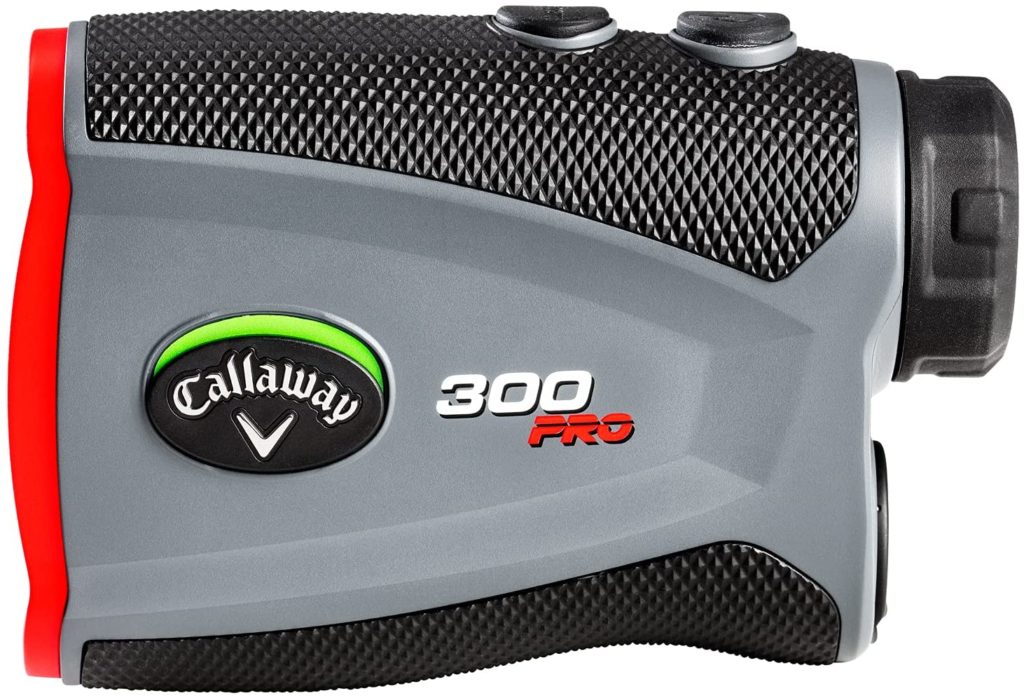Chipping and pitching are interchangeable in golf magazines, TV commentators, and golfers. A greater understanding of pitching and chipping may assist you with your game. You should be able to discern when to pitch and when to chip. When you begin to understand these strategies, you will be better positioned to make wise decisions on your course.
A good pitching and chipping stroke are essential skills for a golfer. You can change your entire golf strategy by hitting chips and pitches close to the hole. There is good news for most golfers because they have the same opportunity to excel at chipping and pitching.
Knowing how to hit shots around the green will increase your chances of scoring low. We will provide you with all the information you need to understand the process.
Chipping and pitching differ primarily in their flight and roll. As a rule, a chip shot is played lower and rolls more than a pitch shot, which is generally played higher and is intended to stop closer to the target.
Also Read: Best Wedge For Chipping in 2024
Our article will take a closer look at the differences between chipping and pitching:
When Should I Chip

- In the case of fast greens and you are worried about forward spin
- There is trouble high, such as branches
- A golf hole with a long approach
- A pin is located at the back of a green
Using a chipping technique requires you to keep your movements to a minimum and control the length of your shot. Chipping is easier to get a feel for because it tends to be a minor motion. Chipping is more natural and easier to learn in the golf swing than the large swing.
Chipping is usually the easier of the two skills to master. Chipping keeps the ball lower to the ground, which reduces the chances of making an error.

If there is a lot of green to play with, you’re more likely to take a chip shot. In this case, it makes sense to let the ball roll towards the target since it will mostly be on the ground.
Almost every time we attempt a chip to a pin on the front of the green, we seem to hit the ball past the pin. It’s easier to get close and make the putt when the pin is on the back of the green, though.
Some golfers worry about how a ball could run off a fast green when playing on fast greens. With chipping, you can stop them well before the hole and let them roll the rest of the way to the pin at much lower speeds. Beginner golfers should start by learning and perfecting this shot.
How to Hit the Chip Shot
Knowing how to hit a chip shot is an integral and essential part of a golfer’s game. Whether you’re an elite golfer or maybe just a starter, the ball will come close to the hole if you want to keep the par, no matter how many greens you hit during a round.
Step 1: Choose the appropriate club
One of the most common mistakes amateurs make on a green is to grab their sand wedge or lob immediately after the shot. These are both useful clubs. However, they take practice to become efficient. In the case of chipping, you can use your pitching wedge or perhaps your 8-iron or 9-iron. By keeping your ball moving towards the hole, you will avoid making big and unwanted mistakes on the green.

Step 2: Put yourself in the right position
When playing a chip shot, you should stand a little closer to the ball than you would when playing a pitch shot. Left-handed players’ lead foot should bear 70% of their weight. Due to this, it is more convenient to strike the ball first rather than the ground behind it.
Step 3: Move the ball back to the center
It is not necessary to carry the ball far. It should be placed slightly behind the center of your sternum. The ball will be in front of your hands, and the shaft will be slightly forward in this position.
Step 4: Choking down
A chip shot is as controlled as a putt, so it’s easy to grip down. As you swing your club and pitch the ball, you should use all your club’s length, but you should use more control when you chip. You can accomplish this by changing your club length.
Step 5: Decide where you want to land
When chipping, it is essential to visualize where the ball will land. Approximately 20% of the way to the hole is an excellent place to land the ball on a chip shot. You should be able to roll the ball the rest of the way to the hole if you hit it with the correct loft club and power.
Step 6: Use your shoulders
As it is similar to putting, a lofted club is used instead of a more classic flat stick. Approach the ball with your hands slightly ahead, make a smooth motion, and don’t decelerate. Pitch shots can be achieved with practice by pivoting slightly towards the hole on the downswing.
When Should I Pitch
- When having the ability to control the spin on a golf shot
- With balls that need to stop quickly
- When there isn’t much green to work with
- When the green is sloped, and your placement must be precise
Pitching takes a bit more effort when learning how to complete this shot. Pitching generally requires a larger swing, more ball flight, and more spin, so getting the mechanics down can take some time compared to the chip shot.
When attacking a pin, pitch shots are great. You can have the ball release a few feet after landing directly at the hole. By doing so, you can be sure that the ball is placed precisely where it should be.
You usually need clean contact with the ball for a pitch shot to spin the way you want. Therefore, fairway lies and fringe lies are the best choices for those who want to pitch the ball.
When a golfer’s pitch shot comes out of the rough, the shot will roll quite a bit more. It is possible to hit some impressive pitch shots from various locations if you become proficient at controlling the spin and stopping the ball.
It is usually preferred to hit pitches with higher lofted clubs than low lofted clubs. After landing on the green, a higher wedge loft helps the ball stop more quickly.
How to Hit the Pitch Shot
Chip shots require a similar technique as pitch shots, but they require a slightly different approach. Since you won’t always be right by the green, it is important to learn pitch shots. The ball will need to be hit higher and over rough or bunker in most cases. By pitching shots instead of chipping, it is possible to save par in difficult circumstances.
Step 1: Make sure you pick the right club
Pitch shots require a longer club than chip shots. A gap wedge or lob wedge will suffice. These clubs trap more air under the ball, making landings softer.
Step 2: Get in the right stance
A pitch shot is a shot positioned between a chip shot and a full shot. Compared to a full shot, a chip does not require you to be close to the ball. A pitch should be taken with slightly more weight on the lead foot. Shaft lean should be almost absent, and the ball should be centered for the best possible results.
Step 3: Pick your landing spot
Depending on the club you use, it is generally recommended that you land the pitch shot 50% or more of the way to the hole. The loft of the club ensures a soft landing, with the ball rolling out less than a chip shot.
Step 4: Open the face and accelerate through
We have all stubbed a pitch shot at some point in time. Usually, this occurs when you decelerate your stroke as you approach the ball or the leading edge of the wedge sticks in the ground. What’s the solution? Allow your wedges to open slightly. Use the bottom surface as a surface or bounce the wedge on the bottom surface to avoid it sticking in the ground. Keep accelerating as you strike.
Step 5: Body Rotation
A chip shot is like a putt, while a pitch shot is like a full swing. With the club back, you can fold and rotate the trail arm and use wrist hinges. The shot can still be controlled primarily with your body rotation as long as you don’t get too handsy. You should not rotate your lower body on the way back like a chip but rotate towards your target on the downswing and follow-through.
Also Read: What Club to Use for Chipping
Differences Between Chipping and Pitching
In golf, a chip is a low shot that is played along the ground and does not spend much time in the air. Generally, a chip shot is hit close to the green where the golfer does not need to carry the ball very far in the air and simply wants to get the ball rolling, like a putt. The club used to hit a chip shot can be anything from a wedge to a seven iron.
On the other hand, the pitch shot is played mainly through the air and does not roll as much. It is possible to play pitch shots from a long distance of around 30 yards than chip shots. This shot travels higher and farther in the air as opposed to a chip shot. Pitching shots are generally hit with higher lofted clubs such as 54-degree wedges or 56-degree wedges.

Pros and Cons
Chipping:
In this shot, the golfer executes a short shot either from the fairway or rough with very few obstacles between them and the flag (bunkers, cart paths, etc.).
Avantage chipping
Chip shots work best when you have a lot of green to work with and nothing between you and the flag. They keep the ball low to the ground and allow it to the run up to the flag.
A golfer has more control over the outcome with a low and running ball. It usually stays in the air for 1/3 of the time, and it rolls out for 2/3 of the time.
Pitching:
Pitching a shot means aiming higher to avoid obstacles in the way of the green, such as hills, water, bunkers, cart paths, etc.
Advantage Pitching
A pitch shot has a much softer landing and rolls out far less. An approach shot between 30 and 50 yards from the green can be dialed in with the correct pitch shot placement.
Also Read: Best Pitching Wedges in 2024
Conclusion
Chipping and pitching are two shots that all golfers must master. Having these skills is extremely important. You will struggle if you do not know how to chip and pitch on the course.
It will take a lot of practice and hard work to become great at chipping, pitching, and short games in general. The first thing you should do is to figure out which part of your game most needs work. Then act accordingly. If you are looking to perfect your craft and make sure you have the best shot at scoring on the green, golf chipping and pitching drills are a great way to do that. With a couple of hours of practice a week, there is no doubt that you will be able to knock a few strokes off of your rounds.
Even though chipping and pitching may be easier for you, master various shots using all different types of golf clubs. Having a variety of shots under your belt will make your scoring capabilities much better.

